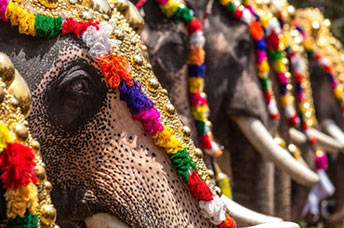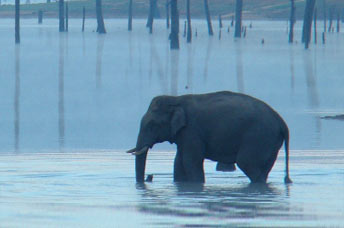A nondescript village (except during the season for tourist arrivals) set beside the southern bank of the Tungabhadra River in northern Karnataka, Hampi contains the ruins of the ancient city of Vijayanagara, the former capital of the Vijayanagara Empire. Hampi is also a centre of religious importance due to the presence of the Virupaksha Temple and several other religious monuments in the old city. The Hampi ruins are also a UNESCO World Heritage Site.
The extant monuments of Vijayanagara or Hampi can be broadly divided into religious, civil & military buildings. While most of the monuments at Hampi are from the Vijayanagara period, a small proportion may perhaps begin to a period that is pre-Vijayanagara Kingdom era.
Emperor Ashoka’s minor rock edicts in Nittur & Udegolan suggest that this region was within the Ashokan kingdom during the 3rd century BC. A Brahmi inscription & a terracotta seal dating to the 2nd century CE were also discovered in excavations. The city of Vijayanagara was originally encompassed by seven lines of fortifications. These fortifications once contained a large number of bastions & gateways. Today, the seventh & the innermost fortification that once enclosed the main city & is the best preserved.

















